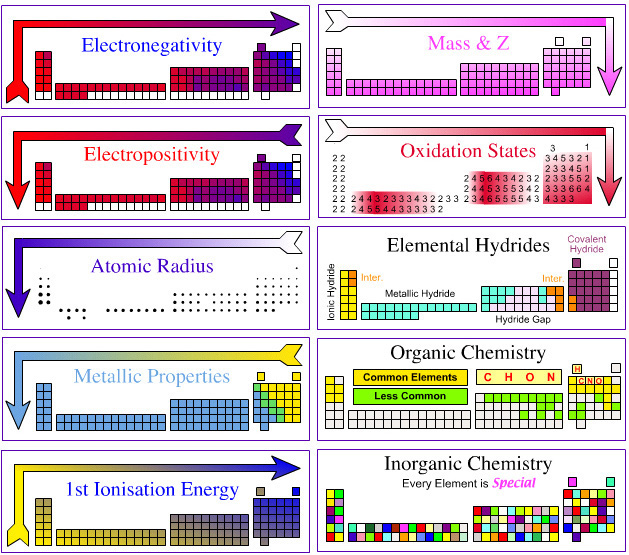
The main input to the crystallite size estimation calculation (Scherrer formula) are the FWHM values You can display the resulting peak parameters The one calculated from the experimental peak is fairly good. The peaks manually), then mark (click on) the individual peaksĪnd perform profile fitting calculations for them until the agreement between the experimental diffraction profile and Import the diffraction pattern of your sample for which You now have to prepare your sample's diffraction pattern for the analysis: Have checked the presense of a suitable standard in the settings, please close the "Estimate crystallite If no instrumental standard is present up to now, Size estimation." command from the "Quantify" menu. Instrumental standard is already present.

In order to run the crystallite size estimation calculation, please make sure first that a suitable

The most important data are the peak positions and their FWHM values, both of which should haveīeen obtained from a profile fit calculation of the peak data to the standard's diffraction pattern.Īt least one peak position and FWHM value must be entered in order to create a valid standard. That has been recorded using the same instrument and setting than the compound for which you would like to determine theĬrystallite size. Ī standard as it is used in Match! consists of a list of peaks from the diffraction pattern Similar atomic weight and packing density. Finally, the standard should haveĪ similar mass absorption coefficient than the nanocrystalline specimen as well as a In addition, the standard material should be defect and strain free. In this compound/sample, theĬrystallite size should be larger than 500 nm while the particle size should be less than 10 μm. Known that it does not contribute to the diffraction peak profile (so that the peak broadening isĪlmost entirely caused by the instrument). Powder diffraction pattern from a sample/compound for which it is Instrumental standard that contains your instrument'sĬontribution to peak broadening. In order to separate the instrument contribution to the FWHM of the experimental peaks from the sampleĬontribution, you first have to create a so-called The crystallite size of the corresponding phase/compound. The FWHM values of the latter are then used in the Scherrer formula to calculate an estimate for
#FIND ATOMIC DENSITY CRYSTALMAKER FULL#
Λ is the wavelength of the radiation and θ is the diffraction angle of the peak.Īs you can see, the main "input" to the formula are the FWHM values (FWHM = Full Widthīefore the FWHM values from the diffraction pattern can be correlated to the crystallite size,Ĭontribution of the instrument to the peak broadening (FWHM) from the actual contribution of the sample.

Where K is the so-called "Scherrer constant" (typically =0.94 for FWHM of spherical crystals with cubic symmetry), Match! can estimate the crystallite size in your sample using Scherrer's formula:Ĭrystallite size (average in Å) = K λ / (FWHM * cos θ) Hence the simplest formula of the solid is WO 3Na i.e.Crystallite Size Estimation Basics and Background Find the formula of the compound.Ītoms of W to atoms of O to atoms of Na in crystal = 1:3:1 Find the simplest formula ofĪtoms of A in the lattice = 7 x 1/8 = 7/8Ītoms of A to atoms of B in crystal = 7/8 : 3 = 7 : 24Ī solid has a structure in which ‘W’ atoms are located at the corners of the cube, ‘O’ atoms are at the centre of the edges and Na atoms at the centre of the cube. One atom of A is missing from the corner. Atoms of A are present at the corners and atoms of B are present at faceĬentres. Hence the crystal structure mustĪ crystalline solid is made up of two elements ‘A’ and Cubic structure has 4 atoms in the unit cell.


 0 kommentar(er)
0 kommentar(er)
